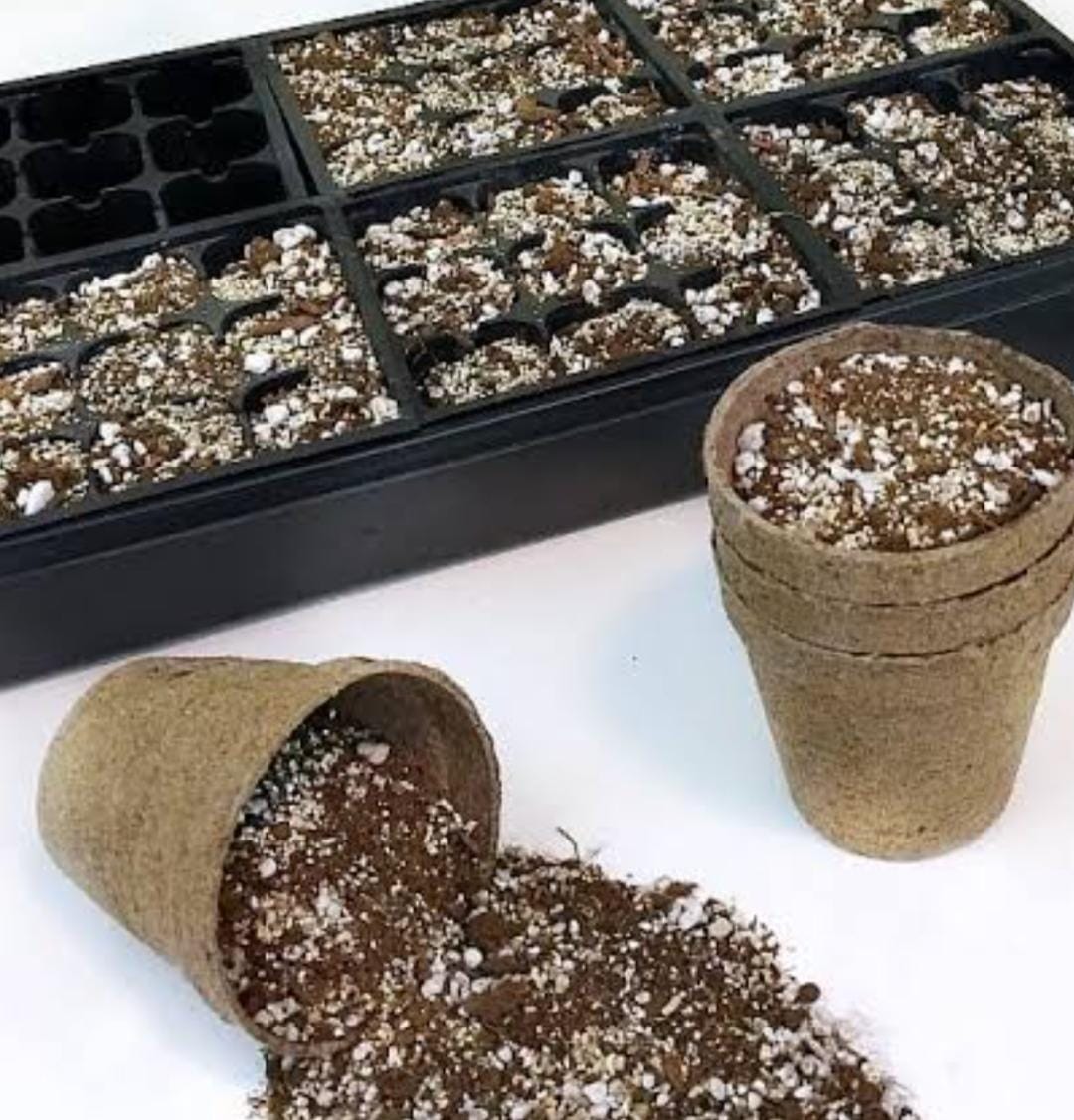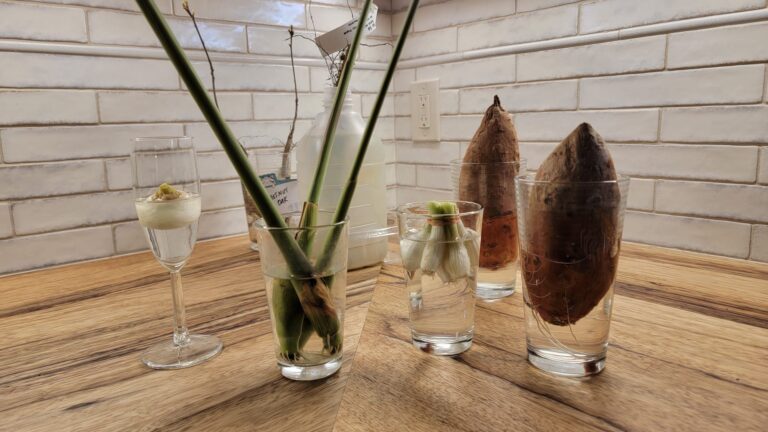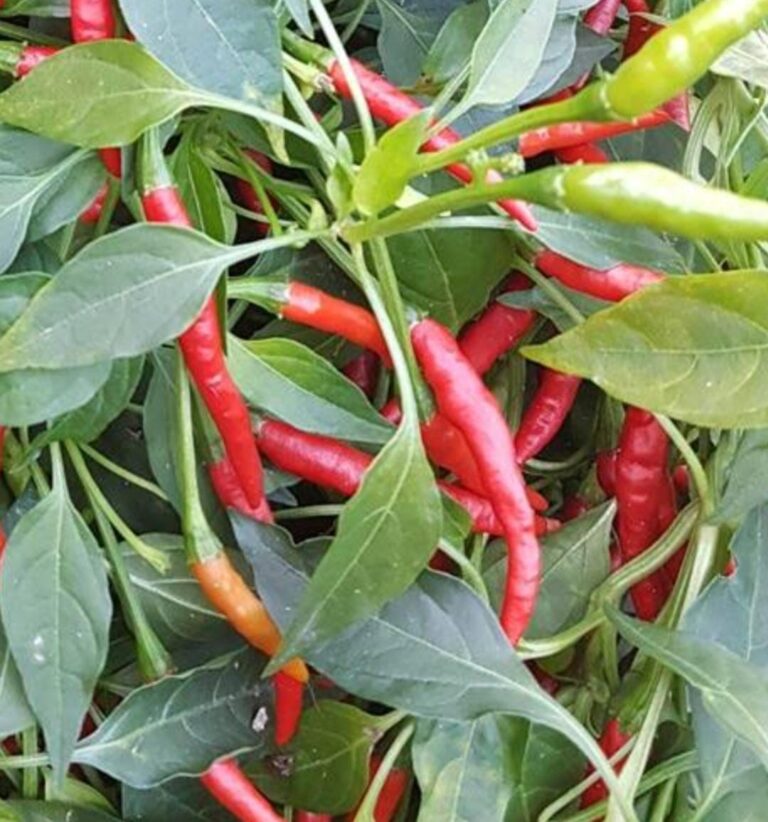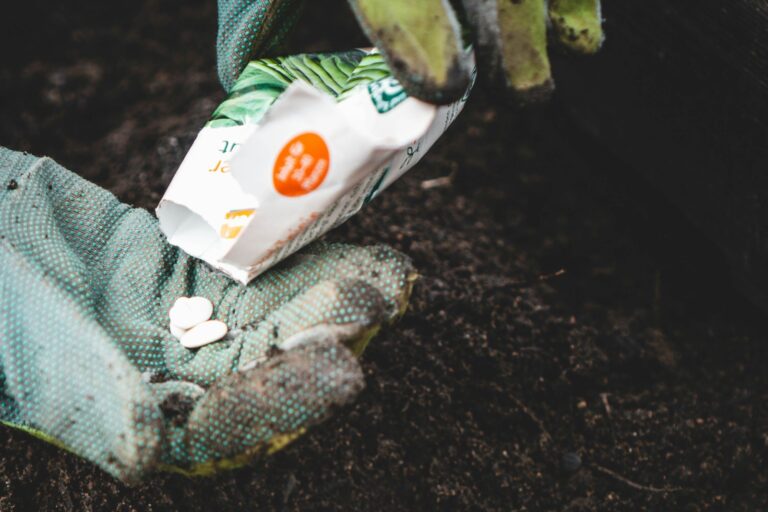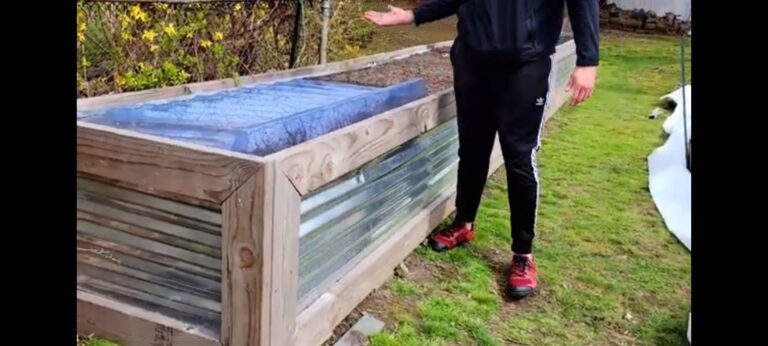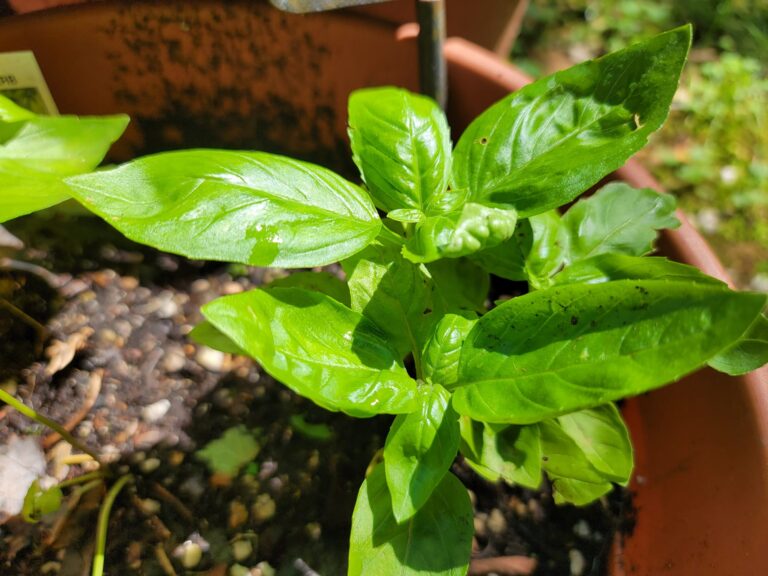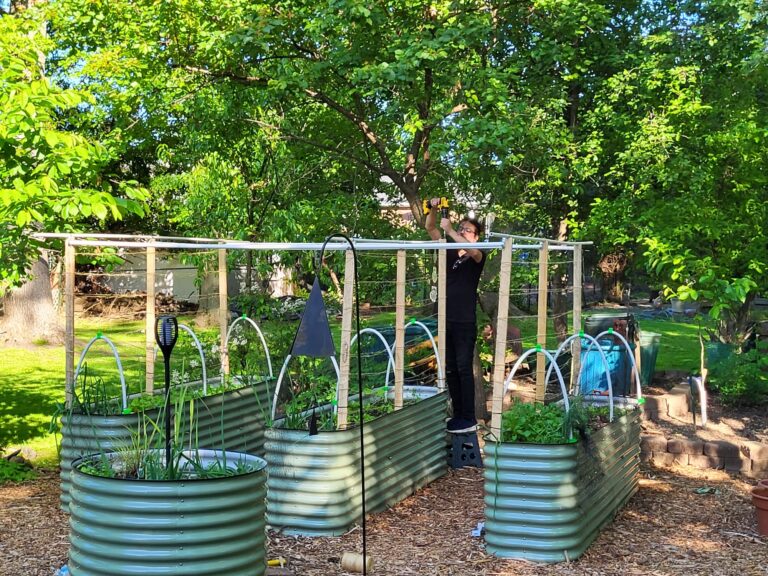Seed Starting Mix: 4 Key Ingredients
Introduction
Making seed starting mix for starting seeds at home is one of the most satisfying gardening activities. You observe life emerge from small seeds and grow into vivid, healthy plants. However, if you’ve ever experienced poor germination or weak seedlings, the issue may not be with the seeds themselves, but with the medium you’re using to grow them. Seed starting mix, the underappreciated hero of successful seed starting. Let’s have a look and understand what makes seed starting mix unique and how you may maximize its benefits.
What is Seed Starting Mix?
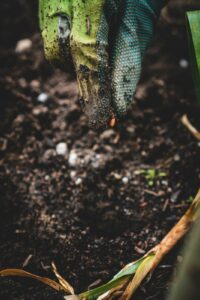
Seed starting mix is a specifically manufactured growing medium that provides optimal conditions for seeds to germinate and grow into healthy seedlings. Unlike garden soil or potting mix, seed starting mix is light, fine-textured, and free of big particles. It is designed to provide optimal aeration, water retention, and drainage—all of which are essential for healthy seedling development.
There is one key distinction to make: seed starting mix and potting soil are not the same. Potting soil is typically thicker, has larger particles, and frequently includes fertilizers, which can be harsh on fragile plants.
Why Not Use Garden Soil?
Garden soil may appear to be the natural choice because it is used for outdoor planting. However, it is not optimal for seed germination. Here’s why:
- Density: Garden soil tends to compress, limiting root growth and oxygen availability
- Pathogens and Pests: It may contain fungi, bacteria, and insects that can harm sensitive seedlings
- Drainage Issues: It frequently retains excessive water or drains too quickly, resulting in an unstable environment
Seed starting mix solves these problems by providing a clean, lightweight, and nutrient-balanced environment.
Key Ingredients
A good seed starting mix is made up of a few simple components, each with a specific role to play:
1. Coconut Coir or Peat Moss
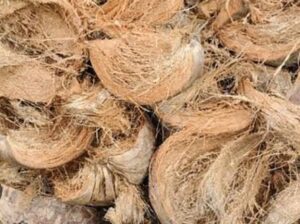
Coconut coir and peat moss are key ingredients in seed-starting mixes, providing excellent moisture retention and aeration. Coconut coir, made from coconut husks, is a sustainable alternative to peat moss. It has a neutral pH, resists compaction, and retains water while allowing for proper drainage. Its lignin component makes it slow to disintegrate, which improves soil structure. However, buffering may be required to modify the cation exchange capacity (CEC) for maximum nutrient retention.
Peat moss, derived from degraded sphagnum moss in peat bogs, is extremely absorbent and provides a stable growing environment. It has a naturally acidic pH (3.5-4.5), making it appropriate for acid-loving plants but necessitating pH changes in most seedlings. Peat bogs play an important role in carbon sequestration; hence peat extraction is an environmental concern.
Both materials are lightweight and free of pathogens, making them excellent for seed germination. The choice between them is based on sustainability preferences and plant requirements.
2. Perlite
Perlite is an essential element in seed starting mixtures, prized for its ability to improve aeration and drainage. It is a naturally occurring volcanic glass that is rapidly heated, causing it to expand into lightweight, porous particles. This expansion improves its surface area, allowing it to retain moisture and avoid soil compaction.
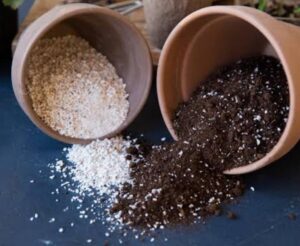
Perlite is chemically inert, which means it does not change soil pH or provide nutrients, making it an ideal medium for seed germination. Its high porosity increases oxygen availability to growing roots, lowering the risk of damping-off disease and root rot caused by wet circumstances. Furthermore, perlite’s lightweight composition facilitates handling and mixing.
While perlite is extremely helpful, excessive use can cause too dry conditions, demanding careful moisture management. Because of its inorganic makeup, it does not disintegrate, resulting in long-term soil structural benefits. Overall, perlite is an important component for improving seedling health and growth.
3. Vermiculite
Vermiculite is an essential component of seed starting mixes, used largely to retain moisture and improve nutrient availability. It is a naturally occurring mineral that swells into lightweight, spongy granules when heated to high temperatures. This enlargement boosts its water-holding capacity, ensuring that seeds and seedlings have a constant supply of moisture.
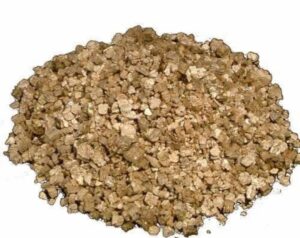
Unlike perlite, vermiculite has a higher cation exchange capacity (CEC), allowing it to store and gradually release vital nutrients such as potassium, calcium, and magnesium. This characteristic promotes seedling growth by increasing nutrient intake. Vermiculite likewise provides adequate aeration, but it holds more water than perlite, making it especially suitable in dry climates or for moisture-sensitive plants.
Its neutral pH guarantees that it does not affect soil acidity, and its sterility decreases the chance of fungal disease. However, excessive use might result in soggy conditions, necessitating a balance with other aerating agents. Overall, vermiculite is critical for ensuring hydration and nutrient availability in seed starting mixes.
4. Compost and Worm Castings
Compost and worm castings are important organic components in seed starting mixtures because they provide critical nutrients and helpful microorganisms for seedling growth.
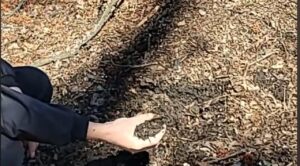
Compost is nutrient-dense decomposed organic matter that improves soil structure, water retention, and microbial diversity. It improves soil aeration while also promoting beneficial fungus and bacteria for plant health. However, compost should be well-aged and properly sifted to avoid big particles that can impede sensitive root growth. Excessive compost can also cause nutrient imbalances, thus careful proportioning is essential.
Worm castings, which are created when earthworms devour organic debris, are a nutrient-rich, biologically active soil additive. They include nutrients that plants may use, such as nitrogen, phosphorus, and potassium, as well as enzymes and helpful bacteria that support healthy root development. Worm castings improve soil moisture retention without producing compaction.
Both components should be used in moderation in seed starting mixes to provide a modest nutrient boost without overfertilizing young seedlings.
Benefits of Using Seed Starting Mix
The benefits of employing a seed starting mix are enormous, especially if you’re looking for high germination rates and sturdy seedlings.
- Promotes Germination: A finely textured mix enables proper seed-to-soil contact, which is essential for germination
- Reduces Damping-Off Disease: The seed starting mix is typically sterile, which prevents fungal diseases that can harm seedlings
- Optimizes Water Balance: It retains enough water to keep seeds moist while removing excess water to prevent rot
- Promotes Healthy Roots: The light, airy form helps roots to easily penetrate and receive oxygen.
DIY Seed Starting Mix Recipe
Making seed starting mix is simple and inexpensive. Furthermore, it allows you to customize the blend to meet your requirements. Here’s the basic recipe:
Ingredients:
- Four parts coconut coir or peat moss
- One component perlite
- One part vermiculite
- One part sifted compost (optional)
Instructions:
- Combine all of the ingredients in a big container
- Mix thoroughly to ensure a uniform distribution
- Moisten the mixture with water until it resembles a wrung-out sponge. Avoid over-watering
- Pro tip: Make your mix in batches and store it in a sealed container to keep it fresh and pest-free
How to Use Seed Starting Mix Effectively
1. Choose the Right Containers
Seed starting trays, egg cartons, or small pots all work well. Ensure your containers have drainage holes to prevent waterlogging.
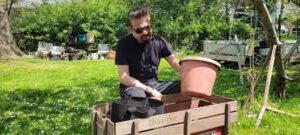
2. Moisten Before Planting
Before adding the seeds, lightly wet the mixture. This allows seeds to settle and keeps them from washing away when watered.
3. Plant at the Right Depth
Plant at the depth specified on the seed packet. Plant seeds at a depth that is approximately twice their diameter.
4. Water Gently
To prevent disturbing the seeds, use a watering can or spray bottle with a fine nozzle. Maintain a consistent moisture level in the mixture without making it soggy.
5. Provide Adequate Light and Warmth
Most seeds require temperature to germinate 65-75°F and light to flourish. A sunny windowsill or grow lights work great.
Common Mistakes to Avoid
Even with the best seed starting mix, a few mistakes might sabotage your progress. Here are some hazards to look out for:
- Overwatering: It can cause damping-off disease and root rot
- Underwatering: Drying out can cause seeds to die before germinating
- Using Fertilizer Too Early: Seedlings do not require fertilizer until they produce their first genuine leaves
- Skip Sterilization: If you’re reusing containers or preparing your mix, sanitize everything to avoid introducing infections
Store-Bought vs. DIY: Which Is Better?
Both store-bought and homemade seed-starting mixes have their advantages.
Store-bought Mix:
Pros: Convenient, frequently pre-sterilized, and consistent in quality.
Cons: Expensive, and may contain superfluous additions or synthetic fertilizers.
DIY Mix:
Pros: Customizable, environmentally friendly, and affordable.
Cons: Needs more work and attention to ingredient source.
Troubleshooting Seed Starting Issues
If your seedlings aren’t doing well, it’s possible that your seed starting mix isn’t the problem. Here are some troubleshooting tips:
- Slow Germination: Check for appropriate temperature and moisture levels. Some seeds benefit from being presoaked
- Leggy seedlings: Frequently suggest a lack of light. Bring them closer to a light source
- Yellowing Leaves: This could indicate overwatering or nutrient insufficiency
The Environmental Impact of Seed Starting Mix
Gardening is essentially a green pastime, but you should consider the environmental impact of your seed starting mix. Peat moss, for example, is not a renewable resource. Switching to coconut coir or locally sourced compost can help you garden more sustainably. Additionally, creating your own blend lowers packaging waste.
Conclusion
Seed starting mix is the foundation for a successful gardening adventure. Whether you’re growing heirloom tomatoes, brilliant flowers, or fresh herbs, choosing the perfect combination can make all the difference. Whether you choose a store-bought choice or make your own blend, remember to prioritize moisture, aeration, and cleanliness. With the proper strategy, you’ll soon have healthy, robust seedlings eager to conquer the garden—and the globe!
So, select your seeds, make your mix, and watch the miracle of germination happen.
Happy gardening!

